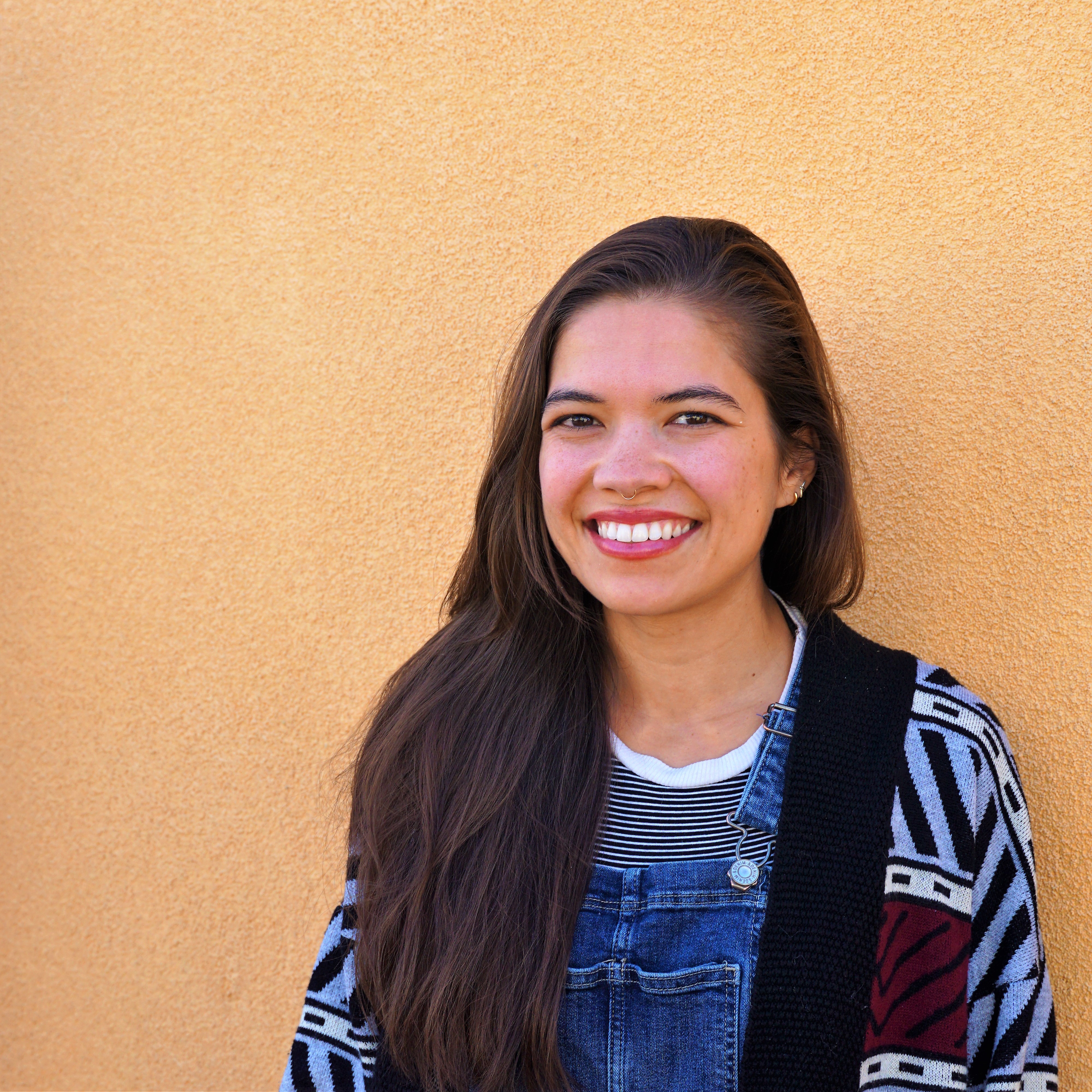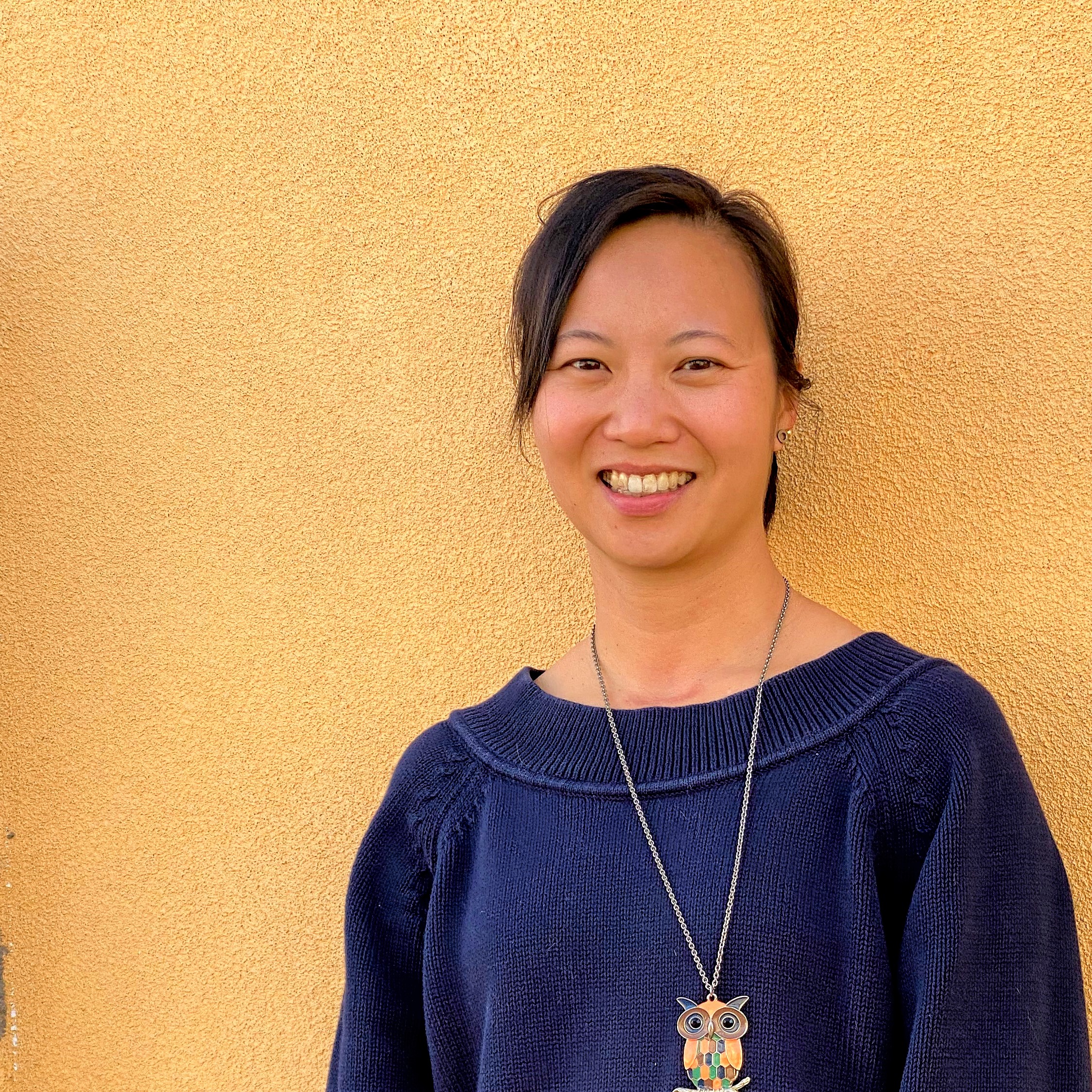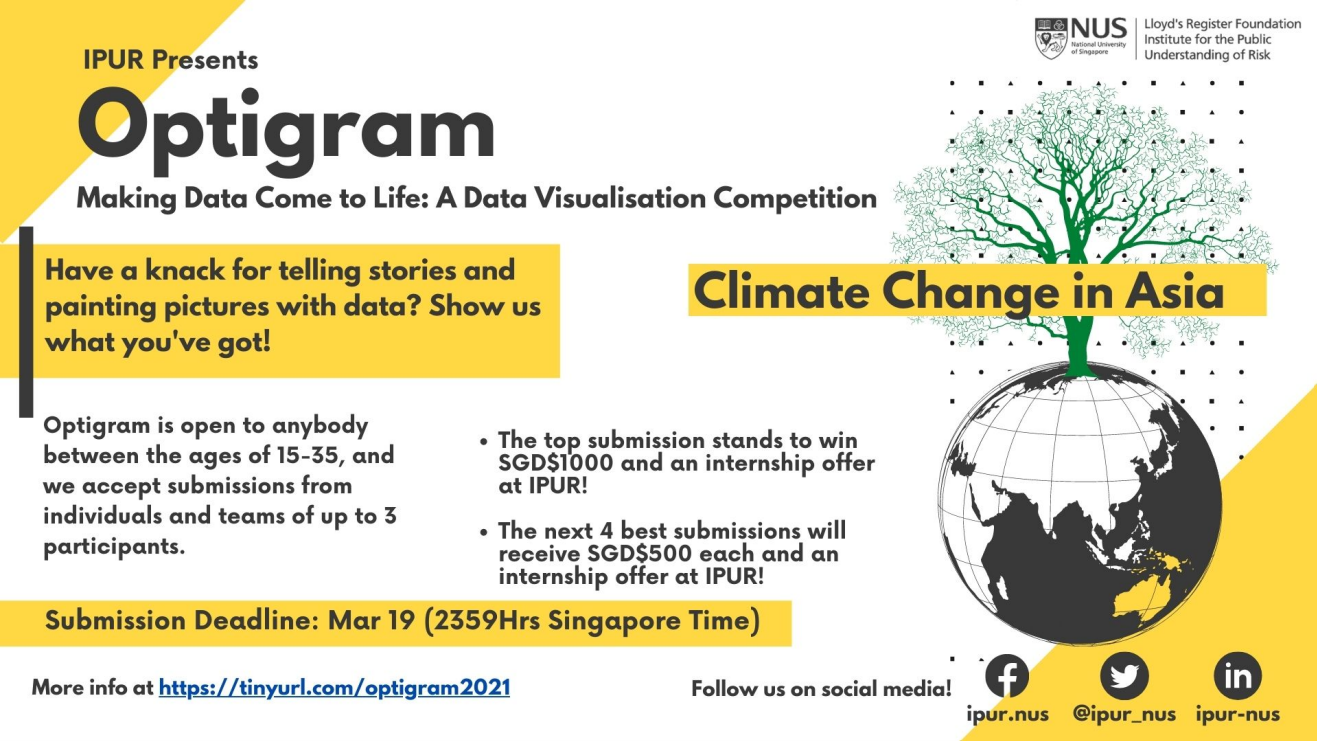Risk and uncertainty visualization for earthquake (and other natural!) hazards (Max Schneider)


In September 2022, we had our second seminar of the DAT/Artathon Seminar Series led by our very own, Max Schneider, from the first cohort of the DAT/Artathon. Max Schnedier, currently at the United States Geological Survey, spoke on ways to visualize natural hazards risk and uncertainty.
About Max Schneider
Max Schneider is a Research Statistician in the Operational Aftershock Forecasting team at the United States Geological Survey. His research is on the quantification and visualization of uncertainty in spatial/spatiotemporal models of natural disasters, such as earthquakes and hurricanes. He designs scientific visualizations and evaluates their effectiveness with user experiments. Follow Max on Twitter here: https://twitter.com/mschneiderstats.
Risk and uncertainty visualization for earthquake (and other natural!) hazards
What effects do different maps for aftershock forecasts have on their users? Can we optimize which colors we select for seismic hazard maps? And how do we show these models’ uncertainty (on the map!) without completely confusing the audience? Max answered these questions with insights from two research projects, where he worked with interdisciplinary teams to map aftershock forecasts and seismic hazard – and measure how different mapping approaches affect the audience with user experiments. He also shared how interdisciplinary efforts in experiment-driven data visualization for risk communication can support disaster risk reduction.
Resources from Max’s talk
- We unfortunately could not record Max’s talk due to technical difficulties, but you can find a recording of a seminar he gave at USGS on similar topics here: https://earthquake.usgs.gov/contactus/menlo/seminars/1387.
- You can also find the journal article he presented on effective uncertainty visualization here: https://nhess.copernicus.org/articles/22/1499/2022/.
About the DAT/Artathon Speaker Series
The DAT/Artathon speaker series will be held periodically throughout the year on the third Thursday of the month. Please check back on our EventBrite page to see upcoming speakers–we’ll feature a selection of speakers who are shaping data visualization regarding risk, resilience, natural hazards, or climate change.





Comments